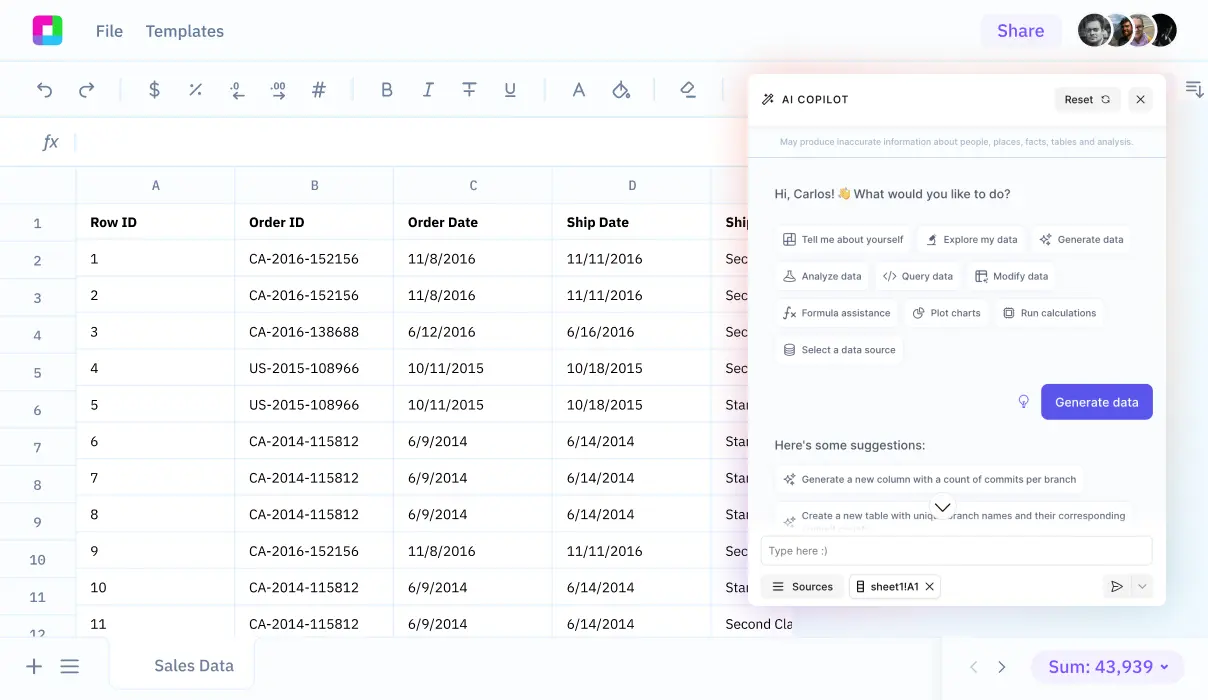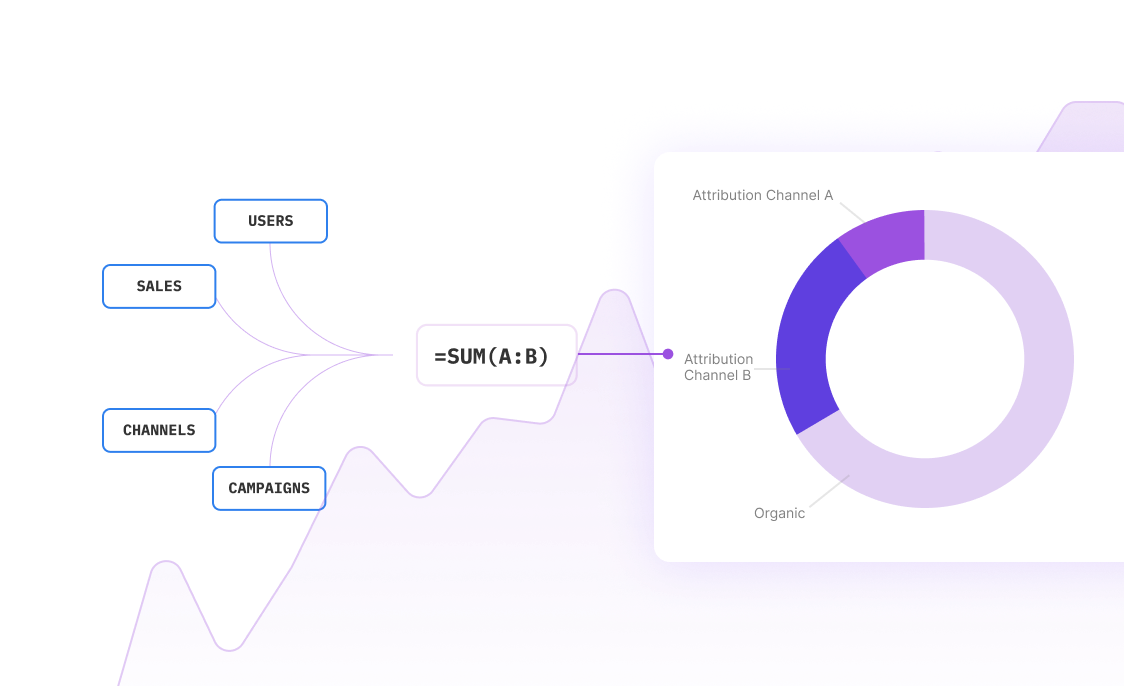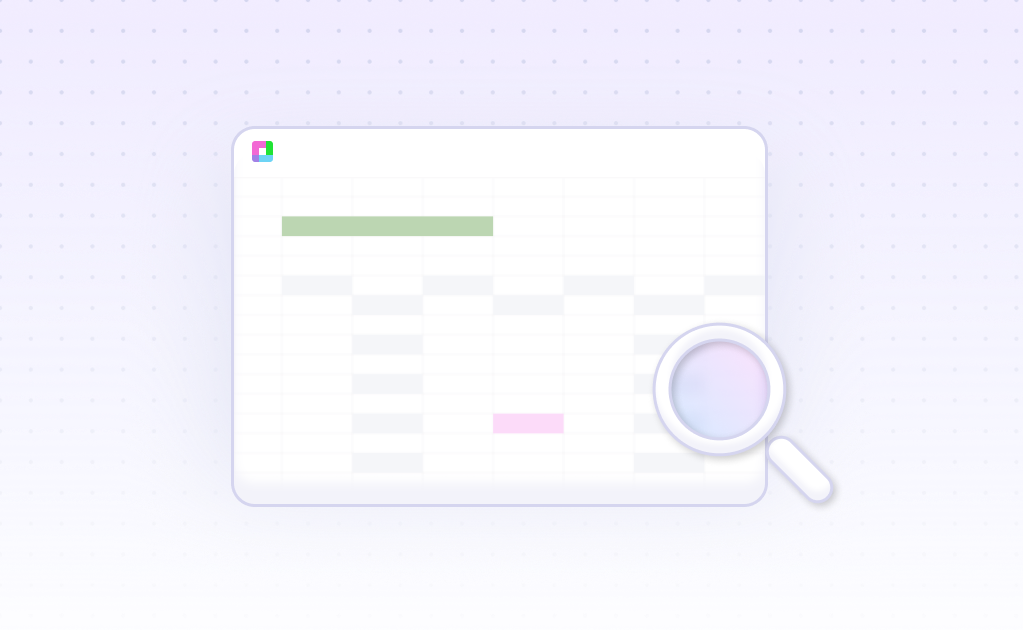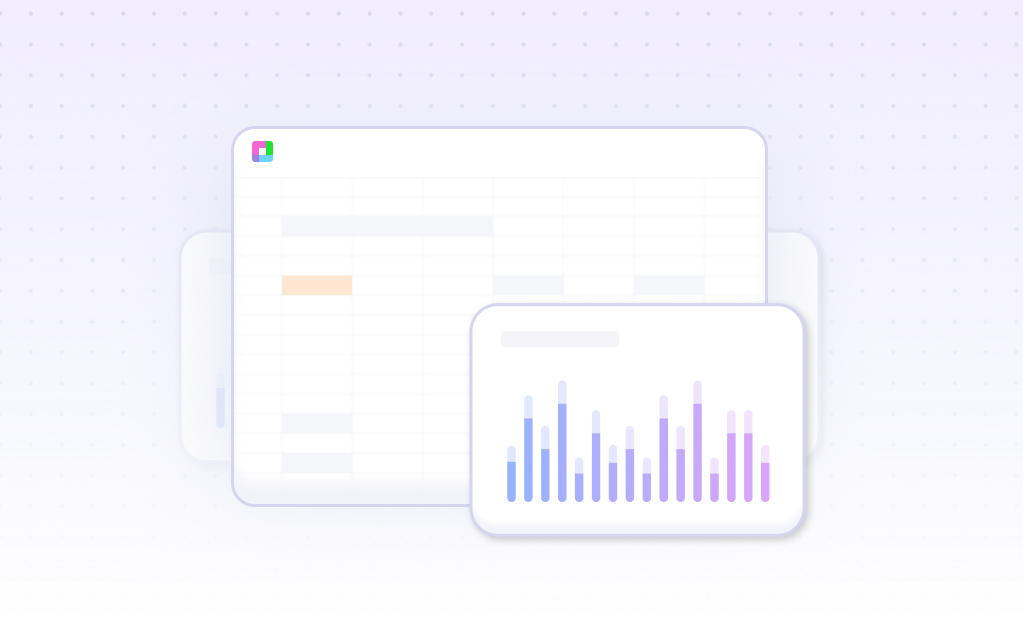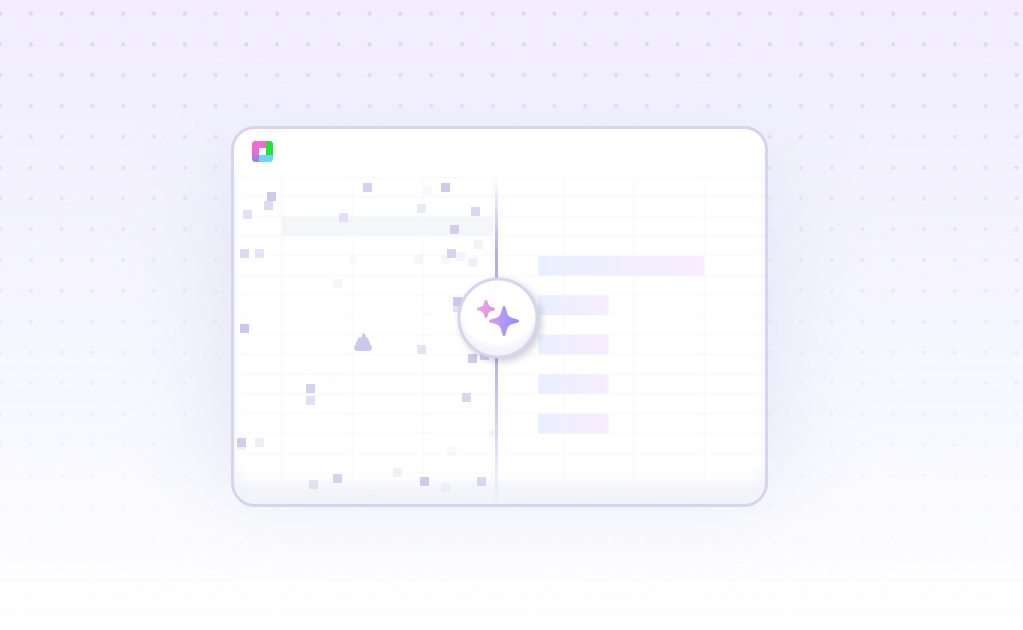
Introduction
Panel data analysis is a powerful regression method used in econometrics to study behavior across time. While Excel offers traditional panel regression capabilities for analyzing longitudinal data of firms, countries, or states, modern AI tools provide more efficient alternatives. Sourcetable combines AI-driven automation with advanced data analysis features, offering automatic formula generation, data cleaning, and visualization capabilities. With integrations for SQL and Python, Sourcetable streamlines complex analyses that would typically require extensive Excel expertise. Learn how Sourcetable's AI-powered platform simplifies panel data analysis - try it now at sourcetable.com/signup.
Why Sourcetable Is Superior for Panel Data Analysis
Panel data analysis in Sourcetable offers significant advantages over Excel's basic pivot table approach. While Excel relies on structured source tables and pivot tables for data presentation, Sourcetable combines AI-powered analytics with comprehensive panel data capabilities.
Enhanced Analytical Power
Sourcetable's AI Analyst provides native data cleaning, extraction, classification, and summarization capabilities. These features enable researchers to handle panel data's unique ability to model both common and individual group behaviors more effectively than Excel's limited presentation tools.
Statistical Advantages
Panel data analysis in Sourcetable captures more information and variability than traditional time series or cross-sectional approaches. The platform minimizes estimation biases from group aggregation and detects statistical effects that would be impossible to identify in Excel's basic pivot table framework.
Flexible Analysis Framework
Sourcetable supports panel data's generalized method of moments (GMM) framework and accommodates both shared and individual-specific movements across groups. The platform handles small time frames efficiently, eliminating the need for stationarity testing when analyzing short-term panel data.
Natural Language Interface
Unlike Excel's rigid structure, Sourcetable allows users to ask open questions about their data through natural language processing. This feature simplifies complex panel data analysis tasks while maintaining statistical rigor and analytical depth.
Benefits of Panel Data Analysis with Sourcetable
Why Panel Data Analysis Matters
Panel data analysis provides deep insights into individual behaviors and change dynamics by capturing both within-unit and between-unit variations. It accounts for individual-specific effects and time-related influences, enabling more accurate correlation identification between variables. This approach yields more effective estimators and complex relationship understanding through combined time and entity information.
Sourcetable: A Superior Alternative to Excel
Sourcetable offers powerful AI-assisted data analysis capabilities that streamline the panel data analysis process. Its intuitive interface enables easy data organization, visualization, and analysis from CSV files. The platform's reliability and speed make it an efficient choice for handling complex datasets.
While Excel has limitations, Sourcetable provides sophisticated analysis tools powered by AI technology. Python's pandas package, integrated into many data analysis platforms, enhances regression analysis capabilities and simplifies categorical variable conversion to dummy variables.
Panel Data Analysis with Sourcetable: Modern AI-Powered Spreadsheet Solutions
Sourcetable leverages Groq LPU AI technology to streamline panel data analysis through natural language commands and intelligent suggestions. The platform connects to over 100 data sources, enabling efficient data cleaning and analysis for econometric research.
Key Panel Data Analysis Capabilities
Through its AI-powered interface, Sourcetable facilitates differencing models, demeaning analysis, and fixed effects estimation. Users can implement random effects models and dummy-variable approaches while receiving AI-guided suggestions for formula construction and data visualization.
Advanced Econometric Features
Sourcetable accelerates panel data workflows by automating formula creation, charting, and data summarization tasks. The platform supports Python-based econometric analysis, enabling researchers to efficiently process and analyze complex panel datasets through an intuitive spreadsheet interface.
Panel Data Analysis Use Cases with Sourcetable
Economic Policy Analysis |
Analyze how economic policy uncertainty impacts firm leverage across multiple companies over time. AI automation simplifies processing large datasets of financial metrics while panel data analysis reveals causal relationships. |
Investment Flow Impact Studies |
Track the effects of various investment flows on external reserves using automated data collection and panel analysis. AI-powered insights help identify patterns in complex financial data streams. |
Central Bank Policy Research |
Examine relationships between central bank independence, inflation, and poverty metrics across countries. AI assistance enables efficient processing of macroeconomic indicators while panel analysis reveals longitudinal patterns. |
Corporate Sustainability Analysis |
Study how sustainability reporting affects corporate risk-taking behavior. AI streamlines sustainability data processing while panel analysis uncovers temporal relationships between reporting practices and risk metrics. |
Frequently Asked Questions
What is panel data analysis and why is it useful?
Panel data analysis examines observations from different cross sections (like countries, firms, or demographic groups) over time. It combines features of both time series and cross-sectional data, offering more information and statistical efficiency than either type alone. Panel data analysis can detect statistical effects that other methods cannot and helps minimize estimation biases from group aggregation.
What are the key requirements for conducting panel data analysis?
Before conducting panel data analysis, you must check for stationarity (unit root) in your data. Weak stationarity is required for many panel data modeling techniques, meaning the data must have the same finite unconditional mean and variance at all time periods, with autocovariances independent of time. However, panel data covering small time frames does not need stationarity testing.
How can panel data analysis be used for AI research?
Dynamic Panel Data Analysis methods can enhance AI research by providing robust insights and can be used in AI surveys. When analyzing panel data, the most common estimation approach is using a generalized method of moments (GMM) framework, as proposed by Arellano and Bond (1991).
Conclusion
While Excel offers traditional regression techniques for panel data analysis, Sourcetable provides an AI-powered alternative that streamlines the process. This AI spreadsheet tool automates complex formula generation, including statistical functions needed for panel data analysis. With SQL and Python integration, Sourcetable enables advanced data analysis capabilities while automating data cleaning and visualization tasks.
Experience how Sourcetable transforms panel data analysis with AI-driven insights and automated workflows at sourcetable.com/signup.
Recommended Analysis Guides
Connect your most-used data sources and tools to Sourcetable for seamless analysis.
Frequently Asked Questions
If you question is not covered here, you can contact our team.
Contact Us
